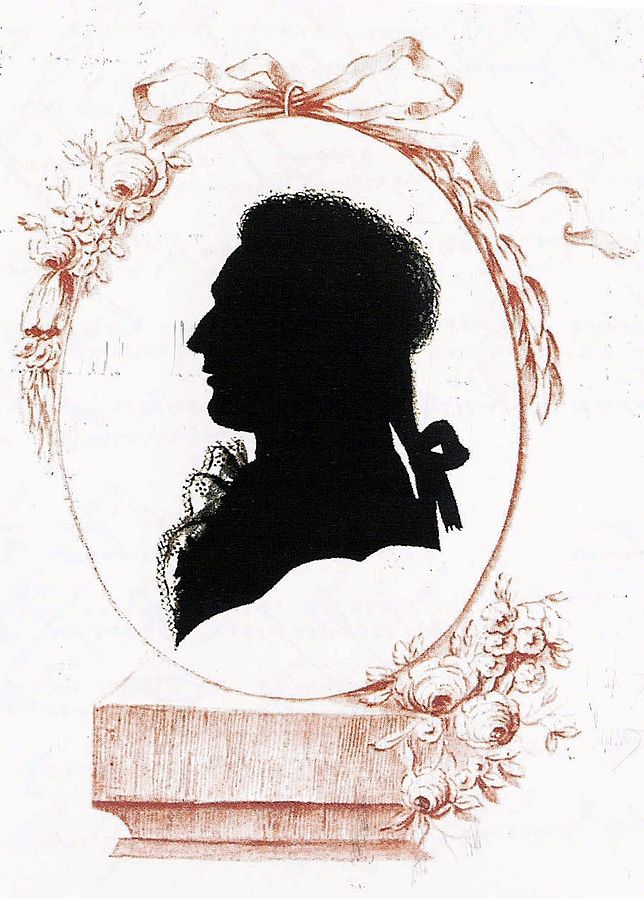Etienne De Silhouette Born, 1709
Etienne de Silhouette was a man made famous by his insignificance. |
| Silhouette was in charge of Louis XV's finances -- a thankless job if there ever was one. |
His job was to strengthen the treasury and curb the national deficit during this very expensive period. To do so, he reduced royal spending, instituted some new taxes (and eliminated others), and tried to bolster trade wherever he could.
Silhouette had studied in England, and favored their system of taxing the wealthy rather than the poor. (In France, both the nobility and the church were tax-exempt.) To accomplish this, he taxed the symbols of wealth -- windows, doors, luxury goods, and servants, among others. Naturally, he was not a popular man with the upper classes.
Silhouette lasted only eight months in his new position, and then retired to his chateau. His name, however, will be remembered forever.
 |
| Silhouettes were an inexpensive alternative to portraiture. |
By many, the newly popular type of portrait was thought to look cheap, and was called a "silhouette" after Etienne de Silhouette, who had, in his short term, acquired quite a reputation for his cost-cutting methods. In fact, to do something a la Silhouette meant to do it in the cheapest way possible.
Silhouette portraiture expanded beyond France, becoming very popular in England. It even made its way to the North American colonies, and was a cheap and available method of creating a likeness. In the 19th and 20th centuries it was also used in printed material, as a cheap way of making book illustrations. Blocks with silhouette illustrations would last far longer during the printing process than those of more intricate illustrations.
It remained popular in American from about the 1790's to about 1840, and even then, did not die out altogether. Well into the 20th century, travelling silhouette craftsmen plied their trade at state fairs and other locations. The popularity of the silhouette, however, never reached the levels that it had before the invention of the camera.
No comments:
Post a Comment